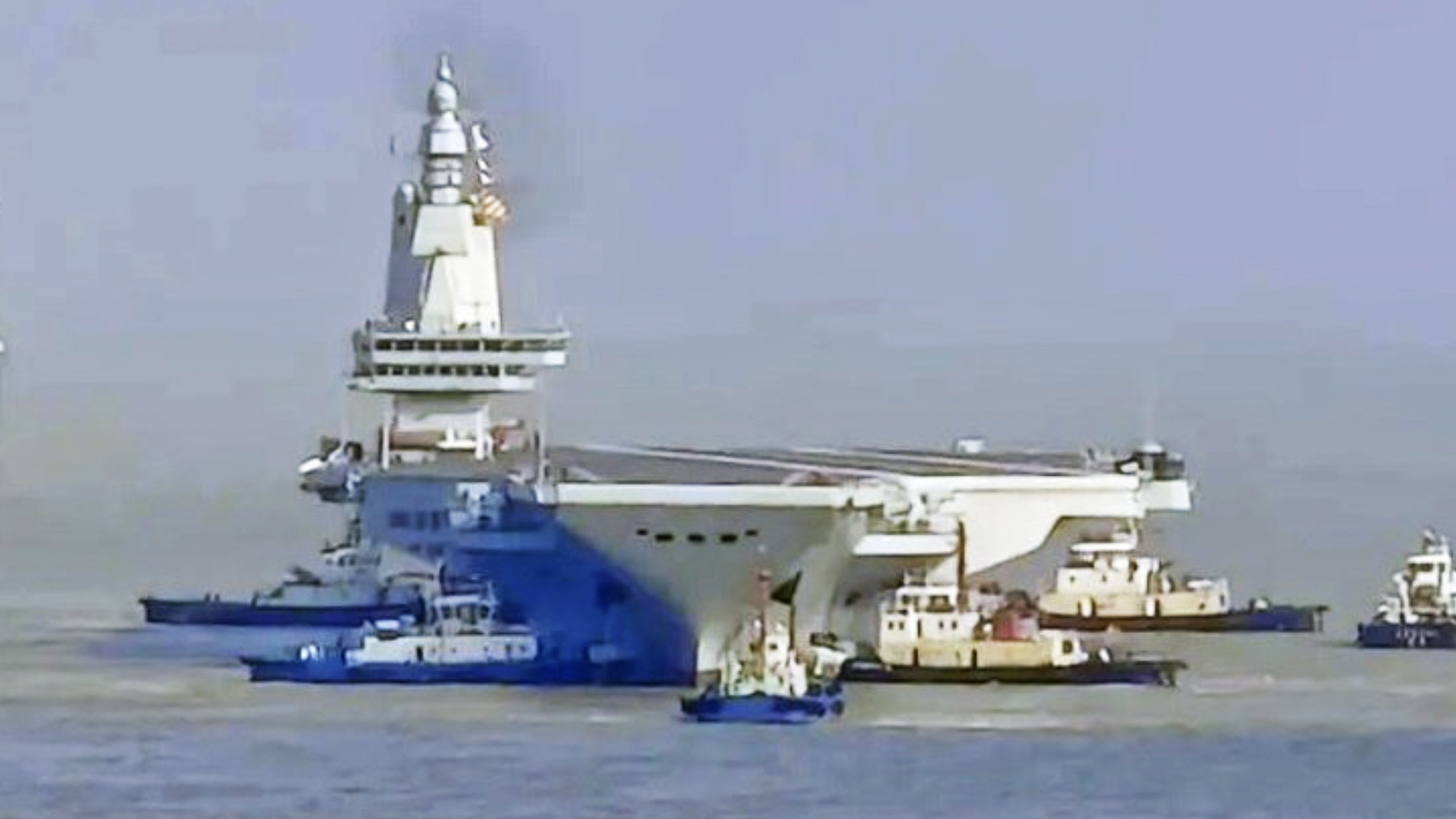China’s latest aircraft carrier, the Fujian, appears poised to leave port to begin initial sea trials. The development comes soon after five aircraft mockups appeared on the deck of the flattop, as you can read about here, and a little over three months since we got our best view of the warship in its completed form. Once the Fujian goes to sea, it will mark a hugely important step in the development of the country’s naval aviation, with the carrier being the first of its kind to be fully locally designed and also China’s first to launch aircraft via catapults rather than by a ‘ski jump’ takeoff ramp.
Imagery that was posted on social media today shows the aircraft carrier leaving its moorings at the Jiangnan Shipyard, on Changxing Island, at the mouth of the Yangtze River to the north of Shanghai. The warship is seen moving under its own power while being attended to by several tugboats, with signal flags displayed on its island superstructure.
Immediately, speculation began that the Fujian had headed out of port to begin sea trials, although, at the time of writing, the carrier was reportedly still in the Yangtze River. Here it has been suggested that the vessel may be in the process of being turned around to move upstream in the Yangtze before entering the main channel that heads out to sea.
Earlier, there had been speculation that the carrier might go to sea on April 23, a date that’s celebrated as the 75th anniversary of the People’s Liberation Army Navy (PLAN). A few days before that, the warship had been noted undergoing tests of its conventional propulsion system.
Whatever the timescale, it’s now clear that we will see Fujian underway in the open ocean sooner rather than later.
The path to this point began with the first sighting of a hull module destined for the carrier at Jiangnan in the summer of 2018. Over the next two years, the carrier — which was completed to a local design known as the Type 003 — took shape at the shipyard, with final assembly beginning in the drydock around summer 2020.
Finally, on June 17, 2022, the new carrier was launched and officially named Fujian, in a high-profile event you can read about here.
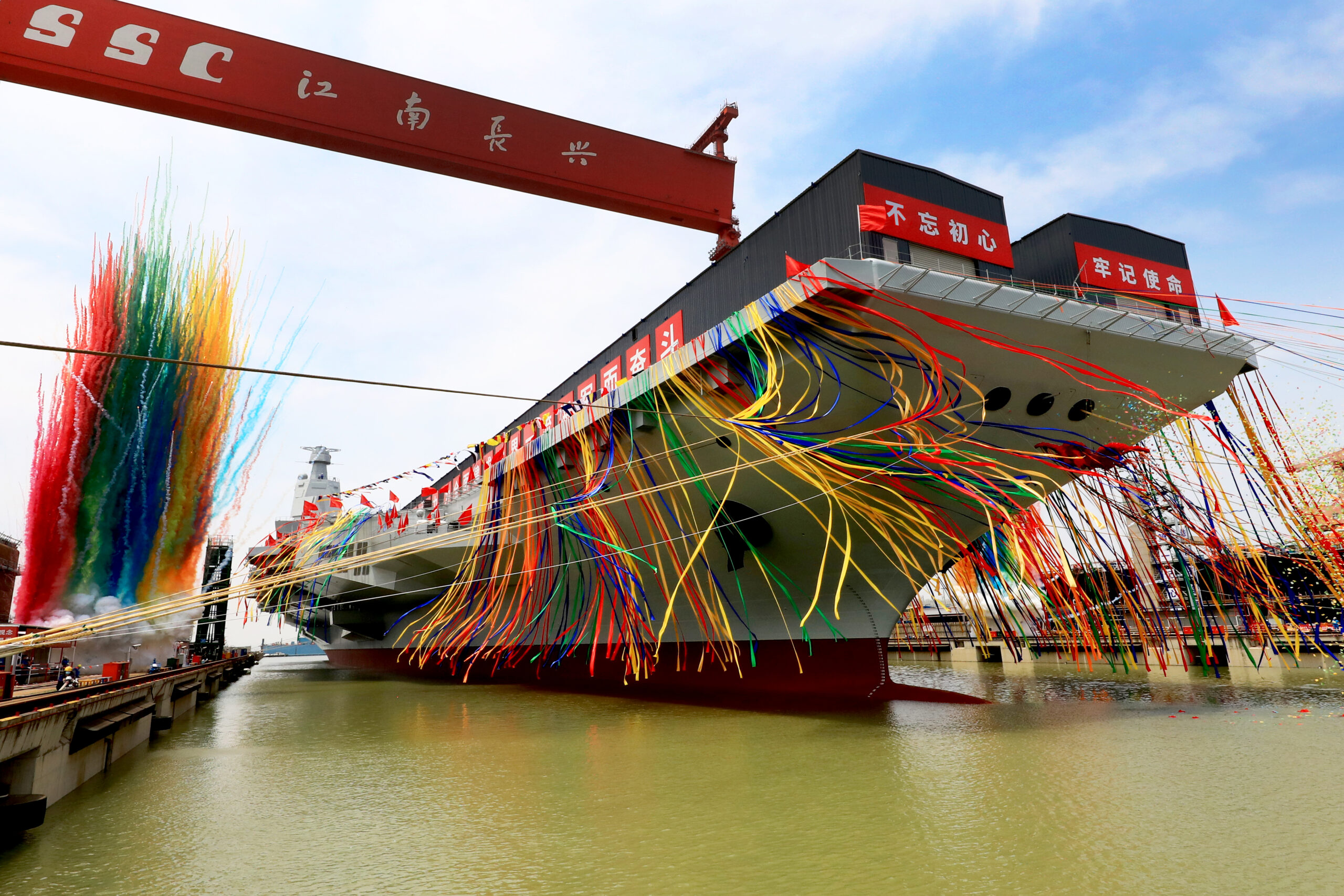
The Fujian follows on from the PLAN’s two in-service aircraft carriers, the Type 001 Liaoning, and the Type 002 Shandong. The first of these warship was acquired from Ukraine as an incomplete Soviet Kuznetsov class ship, the Varyag. The second was built in China but very closely followed the design of the Type 001.
The Liaoning and the Shandong are equipped for short takeoff but arrested recovery, or STOBAR, operations. This involves launching fixed-wing aircraft with the aid of the ‘ski jump’ on the bow and then recovering them using arrester wires.
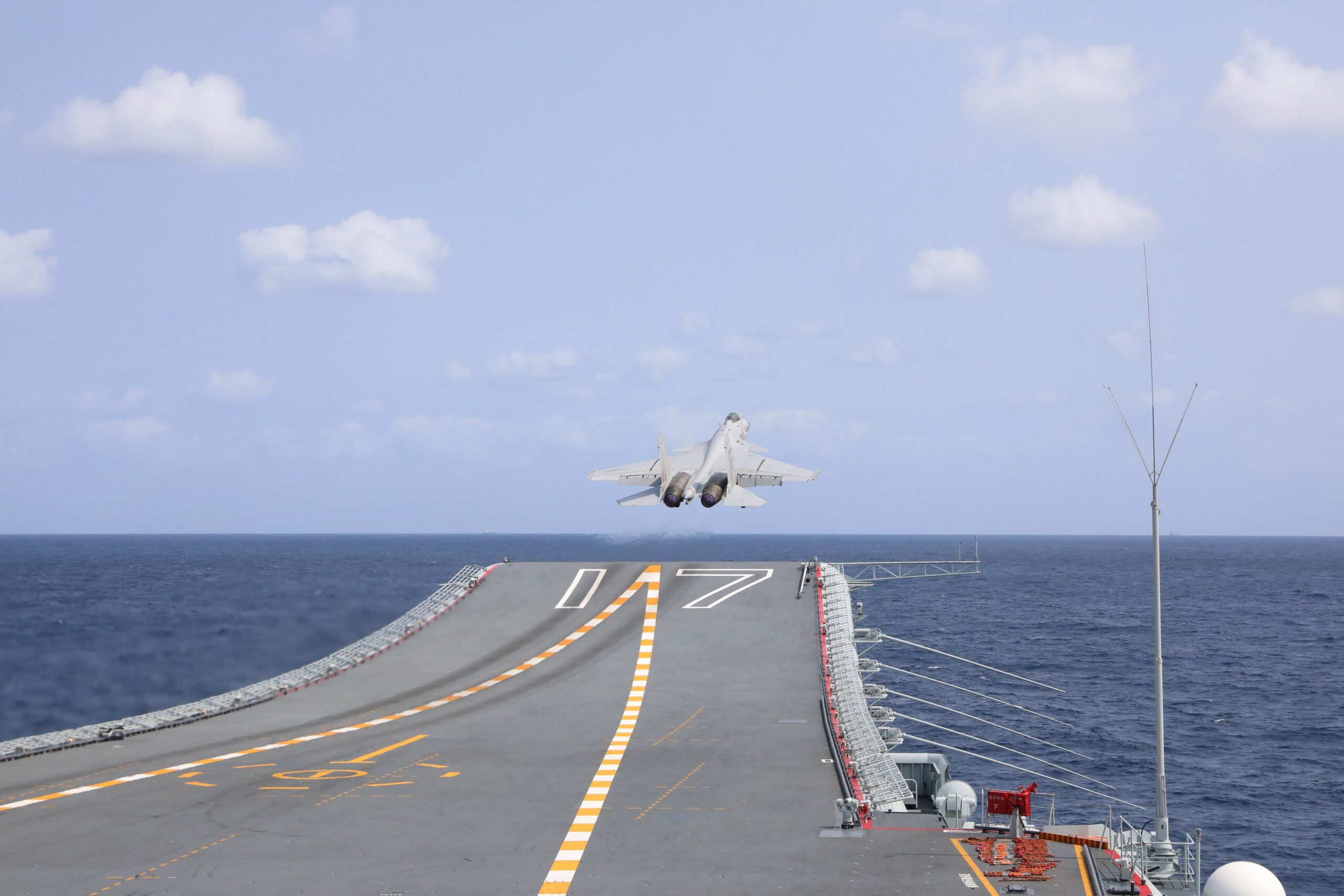
The Fujian, in contrast, lacks a bow ramp and instead is equipped for catapult-assisted takeoff but arrested recovery, or CATOBAR, operations. While recovery is the same, CATOBAR carriers employ catapults to launch fixed-wing aircraft, allowing them to take off with much heavier fuel and weapons loads.
The advantages of CATOBAR are further enhanced in the Type 003 design, which also employs advanced electromagnetic aircraft launch system (EMALS) type catapults — three in total — rather than the traditional steam-powered ones. Currently, the U.S. Navy’s Gerald R. Ford class is the only other type of in-production carrier with EMALS and the introduction of this technology by the United States has been far from straightforward.
Last November, TWZ reported on what were apparently the first tests of the EMALS on the Fujian, which involved a catapult test ‘truck’ being propelled off the deck and into the basin where the carrier was then moored.
Otherwise, the Fujian appears to have roughly similar dimensions to its PLAN predecessors, with reports of a flight deck length of around 1,040 feet, and a beam of around 250 feet. The new carrier is expected to have a greater displacement than the earlier warships, with a fully loaded displacement of around 80,000 tons, compared with approximately 70,000 tons for the Liaoning and around 61,000 tons for the Shandong.
In terms of self-defense armament, the Fujian retains the combination of HQ-10 short-range surface-to-air missiles and 30mm multi-barrel close-in weapon systems (CIWS), while its sensors and electronics include a new type of active electronically scanned array (AESA) radar on the island’s superstructure.
Most significant, however, will be the new types of aircraft that will be able to operate from the Fujian.
The new-look PLAN carrier air wing aboard the Fujian is likely to be spearheaded by the stealthy J-35 multirole fighter, an aircraft you can read all about here.

At one stage, it seemed as though the J-35 would be restricted to operations from the Type 003, and subsequent carriers expected to follow on from it. More recently, it seems there may be plans to operate it from the Type 001 and 002 carriers as well, although this would reduce the potential of the jet, based on the lack of catapults.
As well as the J-35, there is a CATOBAR development of the J-15, the Chinese-made version of the Su-33 Flanker fighter that serves as the primary combat equipment aboard the Liaoning and the Shandong. This will provide valuable continuity for pilots and deck crews already familiar with the J-15, while also overcoming the various limitations in terms of payload and performance that come with operating naval Flankers — or any other aircraft, for that matter — from STOBAR carriers.
Meanwhile, the J-15 is also taking on new roles, with the new carrier also expected to embark examples of the two-seat J-15D electronic warfare jet, which would very likely fulfill a role similar to that of the EA-18G Growler with the U.S. Navy.
Just as important as these combat jets will be the arrival of the KJ-600 airborne early warning and control (AEW&C) aircraft, a direct equivalent of the E-2 Hawkeye used aboard U.S. Navy and French Navy carriers. This class of heavy, slow-flying type can only be operated from a CATOBAR-type vessel and it promises to bring a step change to the way the PLAN coordinates carrier-centric air operations, bringing a new level of airborne surveillance, networking, and aerial battle management capabilities.
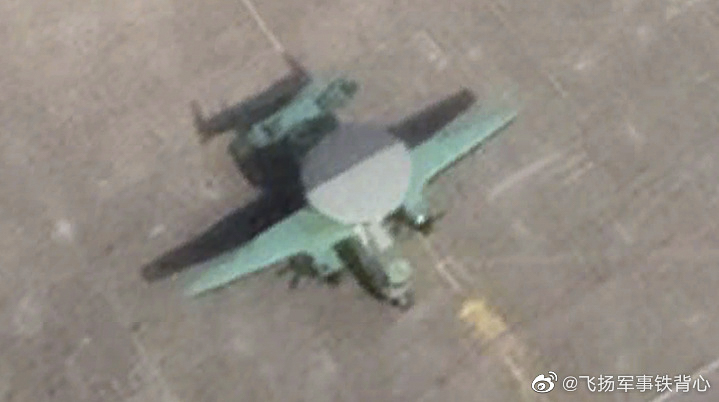
Meanwhile, the PLAN is also heavily engaged in modernizing its rotary-wing fleet, with different versions of the H-60 Seahawk-like Z-20 at the forefront of these plans. In particular, this type will be tasked with providing a defensive anti-submarine warfare screen around the carrier strike group.
So far, mockups of the J-15, J-35, and KJ-600 have all already appeared on the Fujian, together with the JL-10J, a carrier-compatible version of the JL-10J advanced jet trainer.
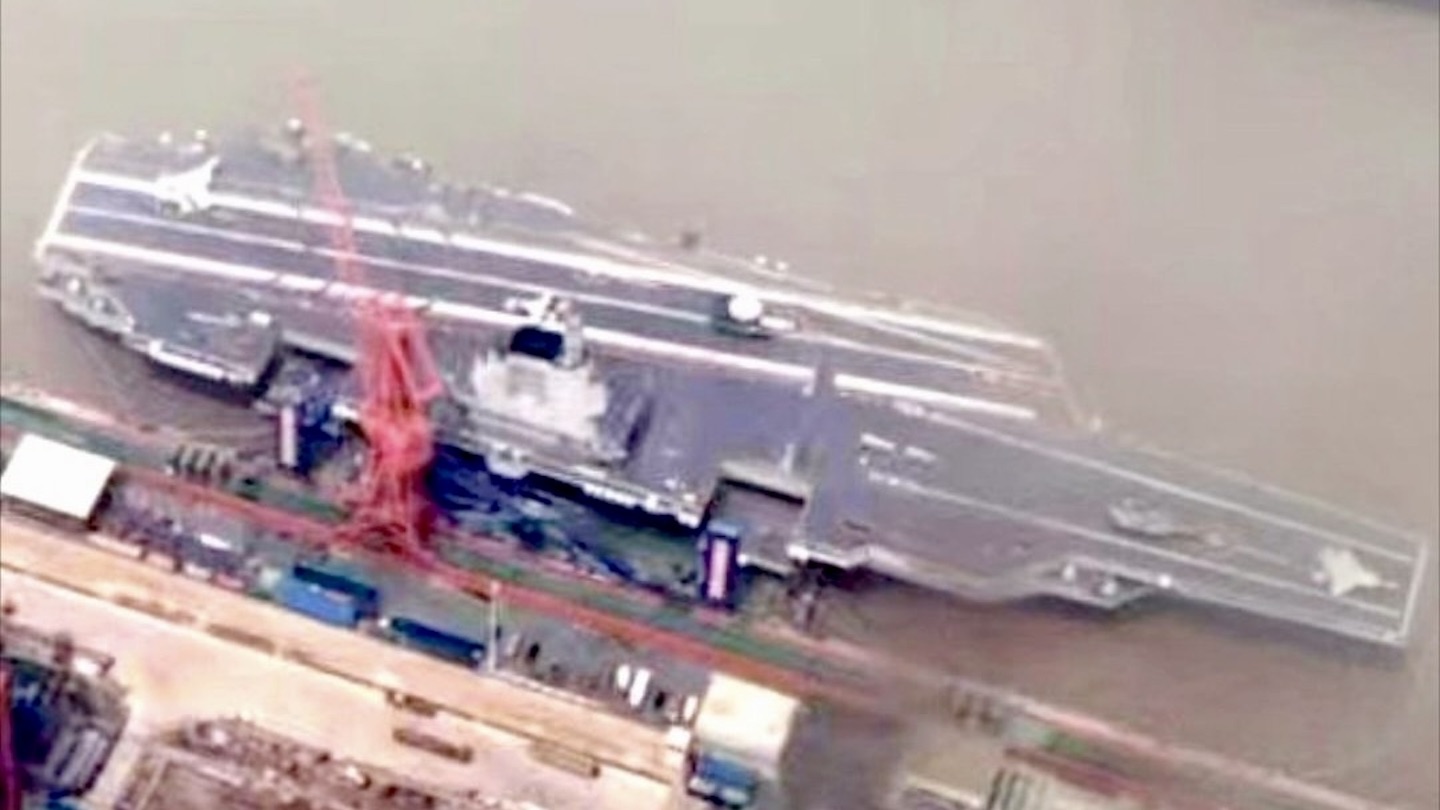
There is also the likelihood that the Fujian will eventually also be used to embark uncrewed aircraft, which has been a growing area of interest for the PLAN.
While the Fujian is set to be a notable improvement over the two carriers that preceded it, there’s still a long path ahead to operational service.
At-sea trials and tests of various equipment and systems are likely to take at least another year, especially bearing in mind this will be the PLAN’s first introduction to CATOBAR operations and EMALS.
Reports from state-run Chinese media have suggested that the Fujian could be commissioned into service in 2025, but more sober analysis suggests this will likely not happen until 2026.
Beyond that, Western observers widely expect there to be subsequent Chinese aircraft carriers. Depending on the success of the Fujian, such vessels might be direct follow-ons that conform to the same Type 003 design. On the other hand, there has long been speculation that the PLAN’s ambitions also include more capable, larger designs, likely with nuclear propulsion.
Whatever the case, today’s activity at the Jiangnan Shipyard reinforces the fact that now is a very interesting time for Chinese naval aviation.
Contact the author: thomas@thewarzone.com
